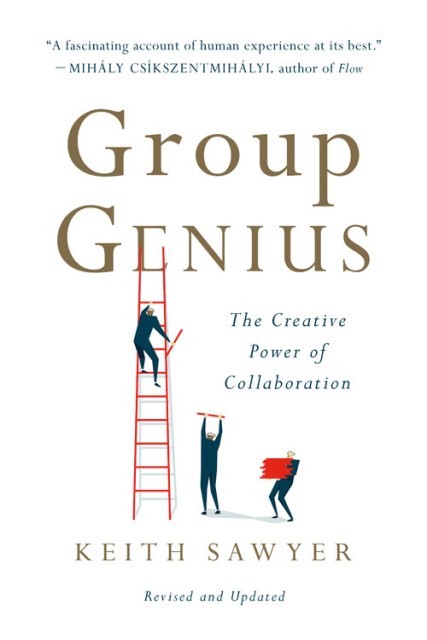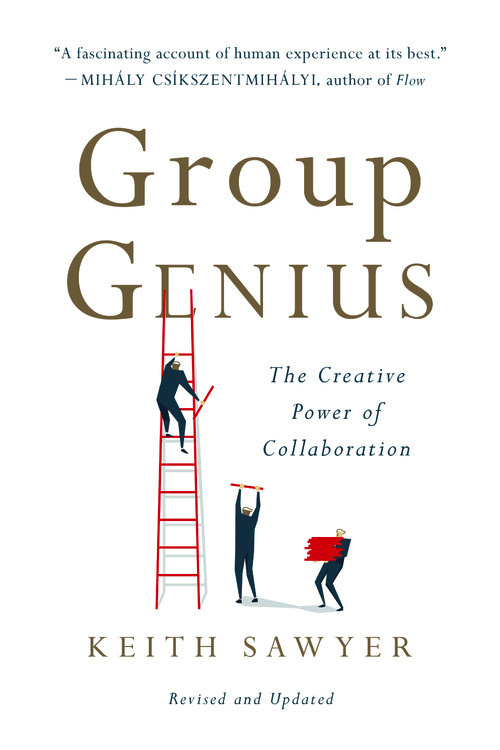Promotion
Use code MOM24 for 20% off site wide + free shipping over $45
Group Genius
The Creative Power of Collaboration
Contributors
By Keith Sawyer
Formats and Prices
Price
$19.99Price
$25.99 CADFormat
Format:
- Trade Paperback (Revised) $19.99 $25.99 CAD
- ebook $12.99 $16.99 CAD
This item is a preorder. Your payment method will be charged immediately, and the product is expected to ship on or around May 16, 2017. This date is subject to change due to shipping delays beyond our control.
Also available from:
Creativity has long been thought to be an individual gift, best pursued alone; schools, organizations, and whole industries are built on this idea. But what if the most common beliefs about how creativity works are wrong? Group Genius tears down some of the most popular myths about creativity, revealing that creativity is always collaborative — even when you’re alone. Sharing the results of his own acclaimed research on jazz groups, theater ensembles, and conversation analysis, Keith Sawyer shows us how to be more creative in collaborative group settings, how to change organizational dynamics for the better, and how to tap into our own reserves of creativity.
Genre:
- On Sale
- May 16, 2017
- Page Count
- 368 pages
- Publisher
- Basic Books
- ISBN-13
- 9780465096633
Newsletter Signup
By clicking ‘Sign Up,’ I acknowledge that I have read and agree to Hachette Book Group’s Privacy Policy and Terms of Use







